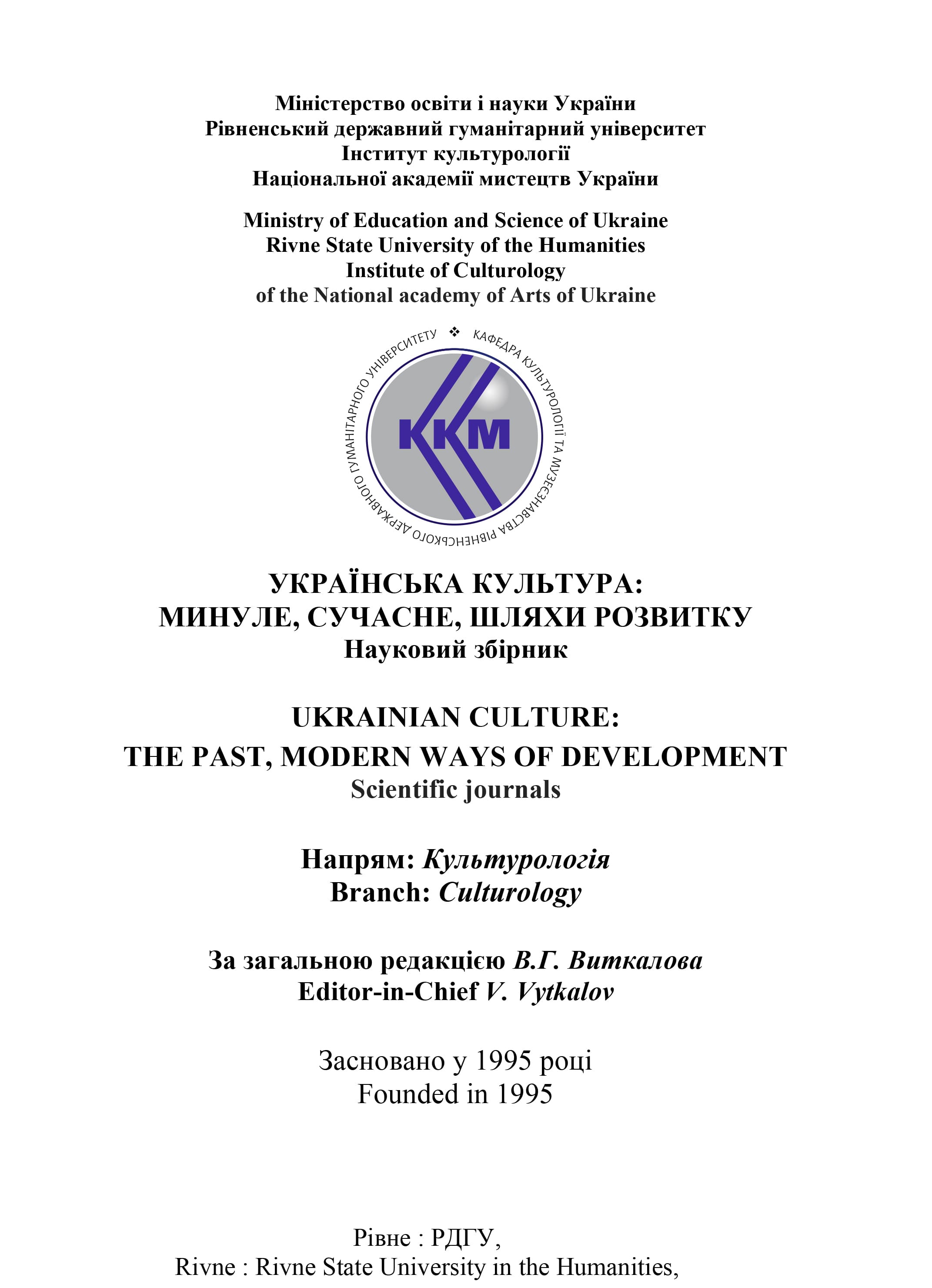ETHNO-CULTURAL PORTRAIT OF A UKRAINIAN REFUGEE IN POLAND
Abstract
Relevance. Russia's full-scale invasion of Ukraine on February 24, 2022, led to large-scale migration of Ukrainians to Europe and other countries. This large-scale migration situation requires close attention and scientific analysis. The vast majority of migrants are women and children.
This influx of Ukrainian refugees has greatly changed the structures of the societies of the host countries.
Since Poland has received the largest number of Ukrainian refugees, the issue of their integration into Polish society has become a topical one.
The research used various methods of data collection and analysis, including: quantitative method; method of online search of respondents; method of monitoring social networks, chats of Ukrainian refugees in Poland. The method of cultural anthropology was applied: the method of included observation. Also, a comparative method was applied to compare the results of two surveys with the results of other socio-cultural and statistical studies.
The article is devoted to the study of ethno-cultural portrait of Ukrainian refugees who arrived in Poland after February 24, 2022. The emphasis is placed on the fact that the formation of this portrait is influenced by the historically formed ideas of the peoples about each other, the results of contacts of the last decades and today's new sociocultural environment. In the course of the study, quantitative surveys were conducted, the results of which were supplemented by the analysis of chat rooms and other studies. The interpretative approach highlighted the semantic load of the socio-cultural portrait of Ukrainian refugees in Poland.
Novelty. It was revealed that a distinctive feature of Ukrainian refugees is their active integration through work and desire to occupy a social niche in their specialty. Failure to implement these features leads to the substitution of real integration processes, their simulations and the transformation of acculturation processes into subcultural reality. This tendency can replace real processes of intercultural communication with their analogues, which can lead to societal instability.


